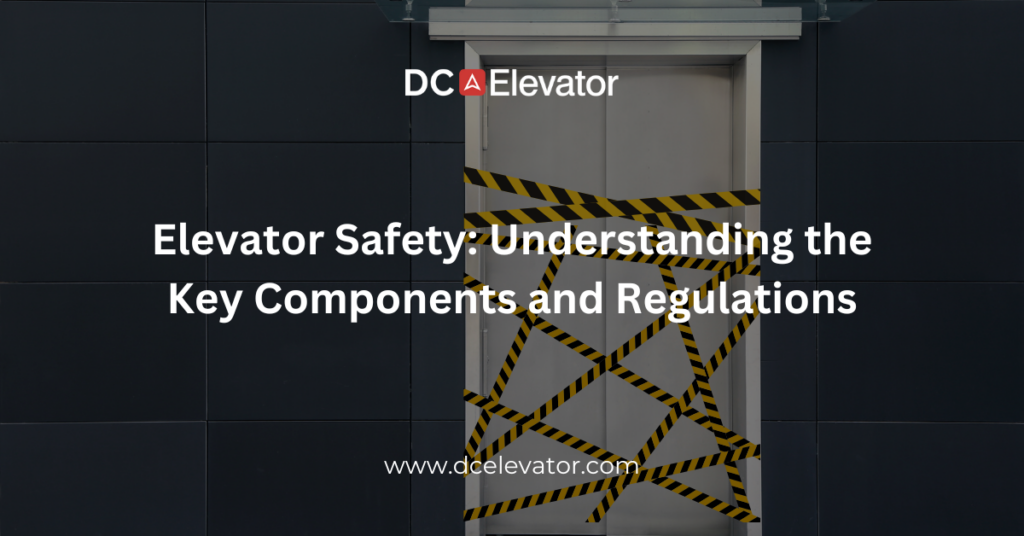Elevators have become an integral part of modern life, transporting people and goods efficiently in buildings of all sizes. However, the convenience they offer comes with the responsibility of ensuring the safety of their passengers. In this blog post, we’ll delve into the essential components of elevator safety and the regulations that govern their operation.
Key Components of Elevator Safety
Hoistway Doors and Interlocks
Hoistway doors are a crucial safety feature that prevents access to the elevator shaft when the elevator car is not present. Interlocks ensure that the elevator cannot move if the hoistway doors are not properly closed. These mechanisms prevent accidents and ensure that passengers cannot enter or exit the elevator when it’s not aligned with a floor.
Emergency Stop Button
An emergency stop button allows passengers or building personnel to halt the elevator’s movement in case of an emergency. This feature is essential to prevent accidents or address situations like sudden power failures or trapped passengers.
Safety Brakes
Elevators are equipped with safety brakes that engage in case of a malfunction or excessive speed. These brakes prevent the elevator from free-falling in the event of a mechanical failure, providing a critical layer of safety.
Overload Sensors
Overload sensors are designed to detect if the elevator car is carrying more weight than its designated capacity. If an overload is detected, the elevator will refuse additional passengers and alert maintenance personnel.
Governor
The governor is a speed-sensing device that monitors the elevator’s speed and controls the safety brakes. If the elevator exceeds a safe speed, the governor triggers the safety brakes to engage, preventing a potential dangerous situation.
Regulations for Elevator Safety
To ensure uniform safety standards across elevators, regulatory bodies have established guidelines that manufacturers, building owners, and maintenance personnel must follow:
ASME A17.1/CSA B44 Safety Code for Elevators and Escalators
This code outlines safety standards for the design, construction, installation, operation, inspection, testing, maintenance, alteration, and repair of elevators, escalators, and related equipment. It covers a wide range of topics, including electrical systems, fire protection, and emergency operations.
European Standard EN 81
This set of standards specifies the safety rules for the construction and installation of elevators and their components in Europe. It covers aspects such as electrical and mechanical safety, as well as requirements for accessibility for persons with disabilities.
National Electrical Code (NEC)
The NEC includes provisions related to elevator safety, such as wiring, electrical systems, and grounding. It ensures that the electrical components of elevators are installed and maintained in a way that minimizes the risk of electrical hazards.
